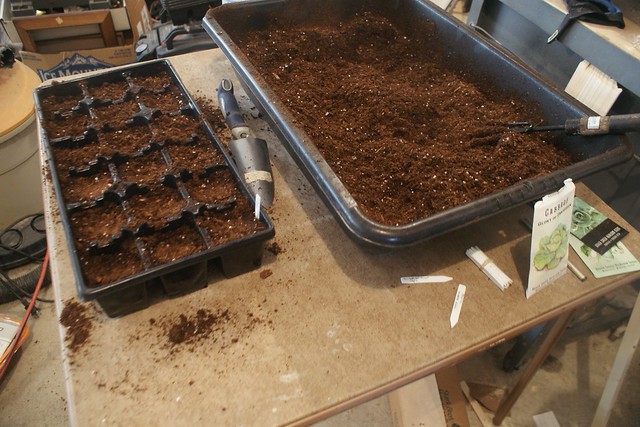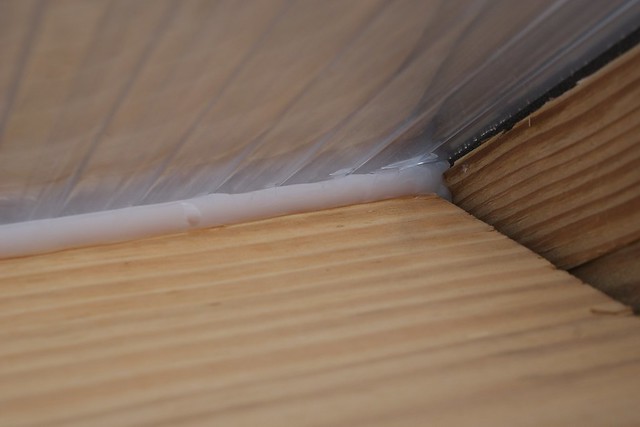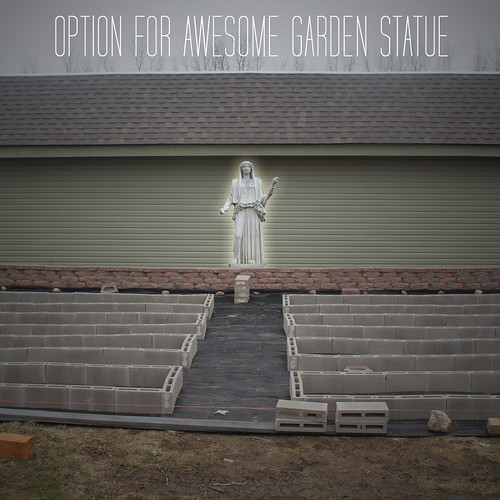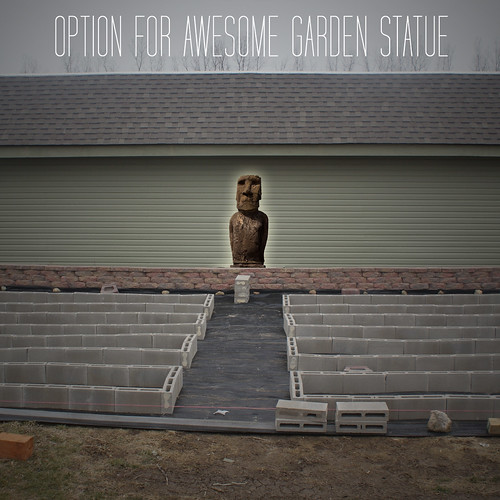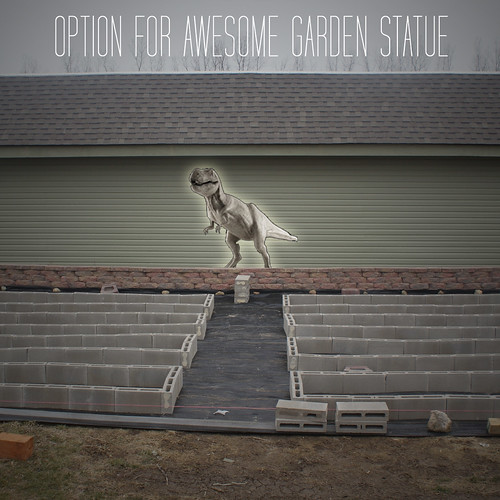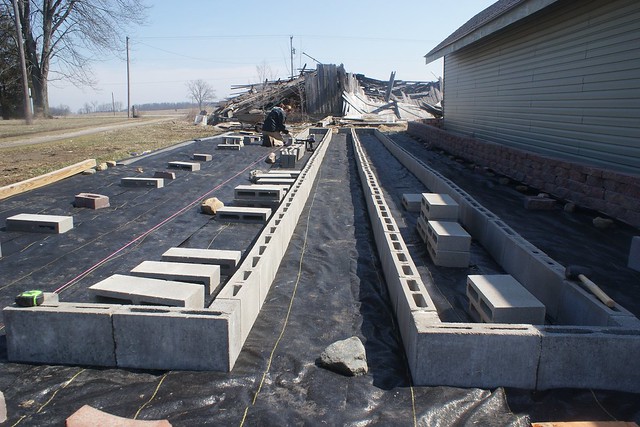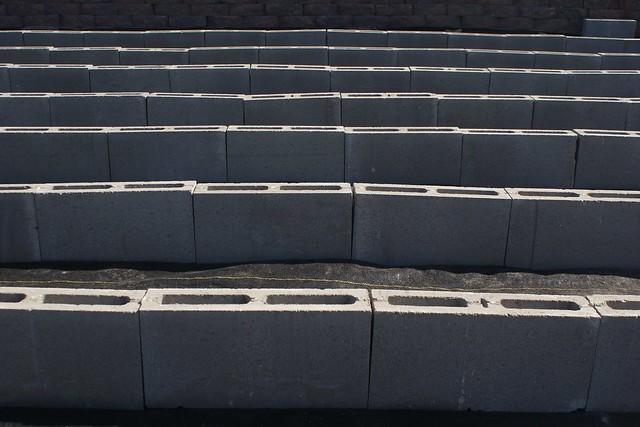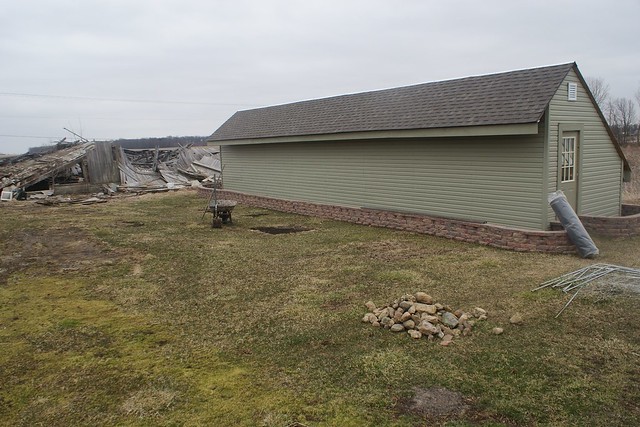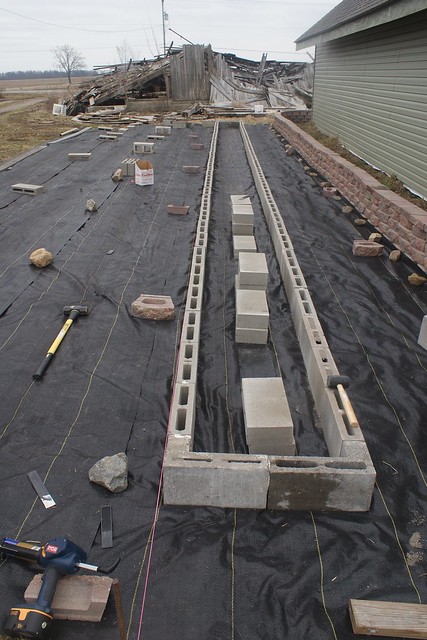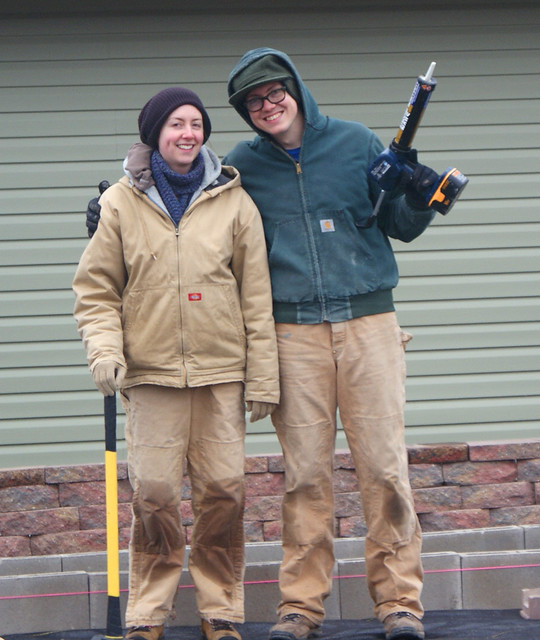Firstly, research done in Canada shows that plants that are "siblings" don't aggressively compete for resources with each other, and may actually cooperate to some degree... resulting in healthier individuals and a more developed fungal network between them.
This makes sense from a viewpoint of genetic self-interest. The plants want to see their own genes continue on into the world, even moreso than just their own species.
The implications of this for the home gardener, and especially the seed saver are obvious. Someone who actively selects for healthier plants and saves seeds from year to year is much more likely to be growing plants that are "related" than someone who buys a new packet of seeds from the store each year. From the plants' perspective, it means your garden each year will be more like a family reunion and less like a train station full of strangers.
Secondly, NPR reports some interesting news about a recent scientific study done on the quantity and variety of bacteria that live on the surface of the plants we most like to eat. From the article:
It turns out the invisible communities living on our food vary greatly, depending on the type and whether it's conventional or organic.
Mung bean sprouts, for one, harbor very different bacteria than alfalfa sprouts. Grapes, apples and peaches house a greater variety of bacteria than veggies. And mushrooms are living in a microbial room of their own, sharing very few bacteria with the other foods tested.
That's quite different from strawberries, tomatoes and spinach. They had similar surface bacteria, with most coming from one family, the Enterobacteriaceae. That family includes E. coli but many, many other harmless and perhaps beneficial bacteria, too. Enterobacteriaceae was also the most common family, accounting for about one-third of all the microbes overall.
The good news: Most of the bacterial horde is benign.That last sentence may be one of my favorite from any news story, ever.
And last (but potentially most importantly), scientists are beginning to unravel some of the myriad ways that a commonly used class of pesticides negatively impact bees and other crucial pollinating insects. From the article:
Bees are crucial pollinators for much of the world’s food supply. And even low doses of these pesticides – called neonicotinoids – have been linked to a sharp decline in bee reproduction.
Now a new study seems to have found out why: the pesticides seem to make bees forget the smell of food.Neonicotinoids (a mouthful, I know) are a widely-used in the US, Canada and Europe. There is currently a lawsuit in progress against the EPA in an attempt to ban them in the US.


